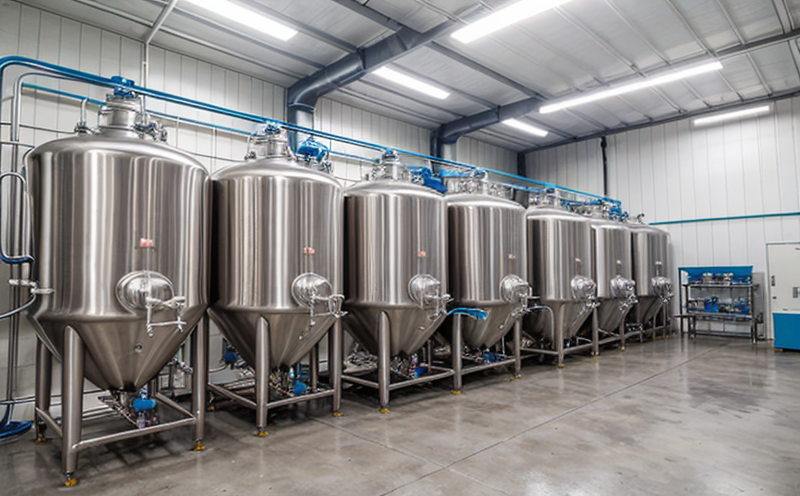FDA BAM Bacterial Contamination Testing in Biotech Production
The Food and Drug Administration's (FDA) Bacteriological Analytical Manual (BAM) is a widely recognized compendium of methods used for the examination of food. This service focuses on the application of BAM procedures to detect bacterial contamination in industrial fermentation processes and biotechnology production environments. Ensuring compliance with FDA standards is crucial for maintaining product safety, regulatory adherence, and consumer trust.
Industrial fermentation plays a pivotal role in modern biotechnology, driving innovation in pharmaceuticals, food products, and biofuels. However, the presence of bacterial contaminants can compromise the efficacy and quality of these products. Our FDA BAM Bacterial Contamination Testing service provides comprehensive analysis to identify potential sources of contamination, thereby safeguarding product integrity.
For biotechnology production facilities, maintaining a sterile environment is paramount. This service employs rigorous methods to ensure that any bacterial presence in raw materials or final products meets strict FDA standards. By doing so, we help clients mitigate risks associated with microbial contamination and ensure their processes are compliant with international regulations.
The testing process involves several critical steps: sample collection, preparation, inoculation into appropriate media, incubation, and interpretation of results based on BAM guidelines. This approach ensures accurate detection and quantification of bacterial contaminants, providing actionable insights for improving production practices.
Why It Matters
- Ensures product safety by detecting harmful bacteria early in the production cycle.
- Aids in maintaining compliance with FDA regulations and international standards such as ISO and EN.
- Helps identify potential contamination sources within industrial fermentation processes.
- Supports quality control efforts to enhance overall product reliability.
Scope and Methodology
| Sample Types | Test Parameters |
|---|---|
| Raw materials, intermediate products, final products | Bacterial count, species identification, antibiotic resistance profiling |
| Testing Instruments | Procedure Steps |
|---|---|
| Microbiological incubators, spectrophotometers, PCR machines | Sample preparation, inoculation into selective media, incubation periods, colony counting |
Benefits
- Reduces the risk of product recalls and associated financial losses.
- Promotes a culture of quality assurance in biotechnology production processes.
- Aids in maintaining compliance with FDA regulations, enhancing market access.
- Fosters continuous improvement through proactive contamination management.





